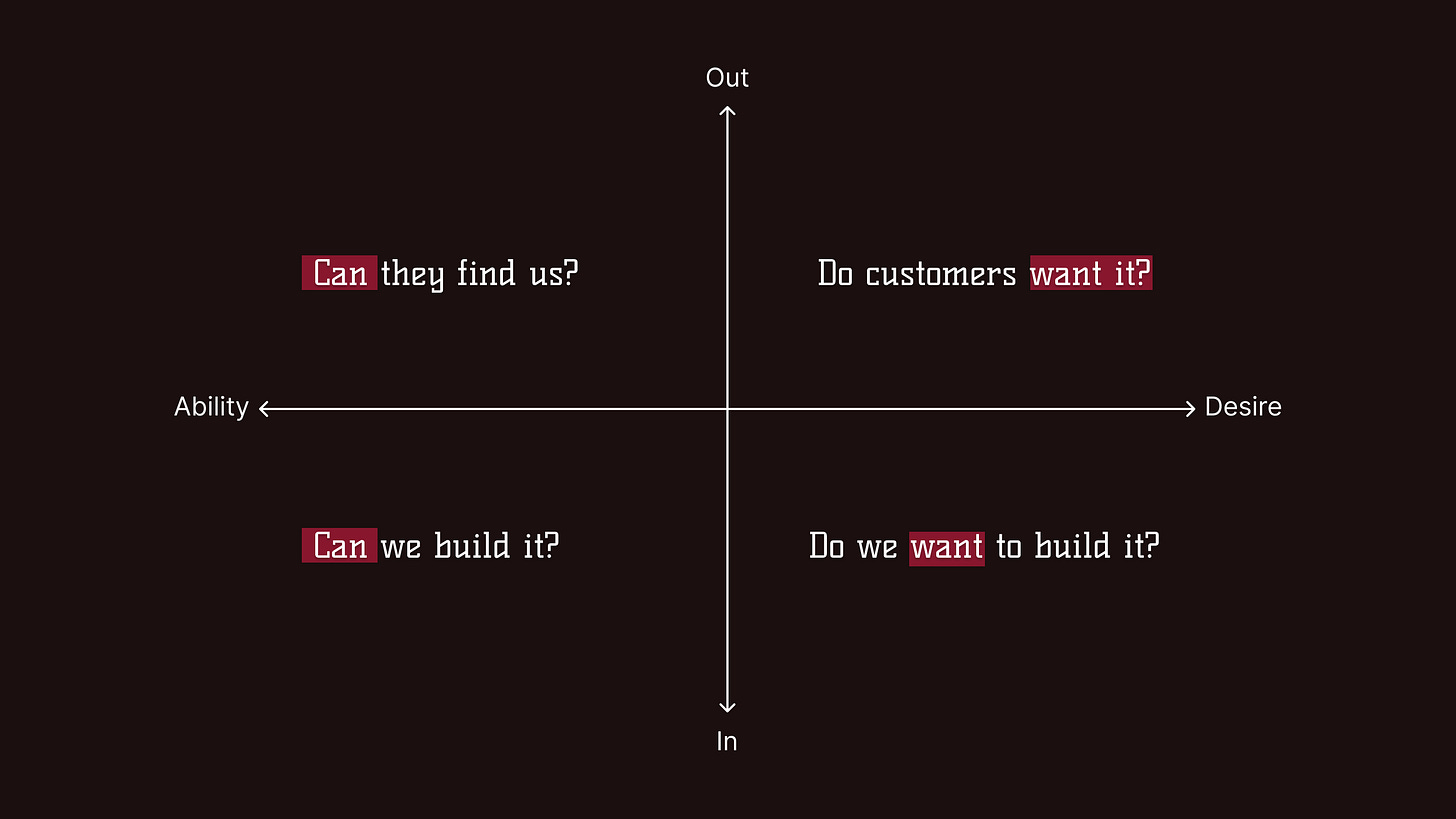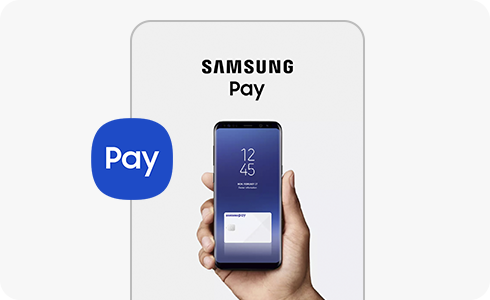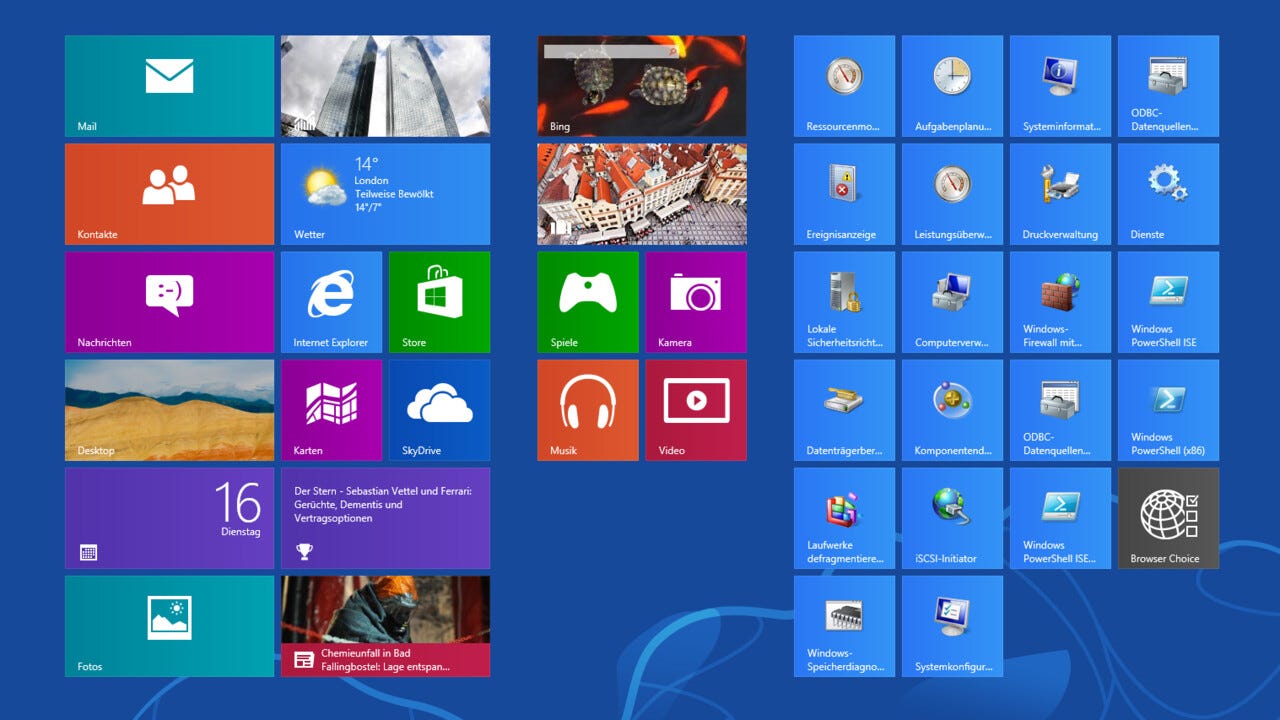Mitigating Product Risks
A Strategic Approach to Successful Development

Imagine a situation: a new solution has sparked excitement in your company, and you, as the product manager, are tasked with designing and developing a new feature. However, this initiative falls under a business area where you feel less confident. You need to validate multiple hypotheses under a tight deadline. How do you approach minimizing risks? How do you ensure you’re creating something people genuinely want? And, perhaps most importantly, how can you be certain that you’re addressing a real problem?
In her book Continuous Discovery Habits: Discover Products that Create Customer Value and Business Value, Teresa Torres defines the product discovery process as a continuous and structured practice allowing product teams to make more informed, assertive and better-informed decisions based on direct feedback from users. Teresa also emphasizes the importance of regular interviews with customers, focusing on identifying real opportunities (needs, pains or desires) and understanding users' authentic behavior, rather than relying on assumptions or idealizations.
Marty Cagan, in his book Inspired: How to Create Products Customers Love, emphasizes that every product faces four major risks: value risk, usability risk, viability risk, and business viability risk. The purpose of Product Discovery is to minimize those risks so that we have a better chance of creating a successful product.
Value Risk
When we talk about value risk, we are basically trying to answer one main question: will users buy this solution or choose to use it?
This risk is the uncertainty about the value that the product or functionality to be launched will bring to the customer and the business. Value risk, according to Marty Cagan, should always be the central concern when determining a solution. This risk stands out among the others because it is possible to live with a product that has usability or performance problems, but if the product does not have a clear and perceived value delivery, then we have nothing. A common mistake is to launch features or products that, although interesting from a technical point of view, do not effectively solve a real problem or are not perceived as valuable by consumers.
Teresa Torres, in her book Continuous Discovery Habits, highlights the importance of mitigating this risk through continuous customer research practices. It proposes an approach focused on constantly collecting user feedback and validating hypotheses before committing significant resources to the development of new features or products. According to Teresa Torres, value risks can be reduced when the team regularly engages with users, conducting interviews, rapid prototyping and usability testing.
Another approach that helps mitigate value risks is the use of MVPs (or Minimum Viable Product) leading to more robust testing of a reduced version of the product's value delivery. This practice generally helps to validate the value of a product more quickly and with smaller investments. The feedback generated from these tests is critical to adjusting the direction of the product and ensuring it offers real value and an effective solution to a problem.
Case: Google Glass

Although it was a disruptive product that explored new technologies and a precursor to today's virtual reality glasses, Google Glass is a notable example of a product that faced a value risk. The glasses launched by Google in 2013 were an augmented reality device and were initially highly praised (I remember testing a model in an innovation lecture in the first years of college and even though I liked the model and the disruption, I had the feeling that it wouldn't be very practical in everyday life). The proposal of the product was to invest in the potential to transform interaction with the digital world. However, the product failed to meet consumer needs resulting in a commercial failure.
Despite being technologically advanced and disruptive, Google Glass did not solve a significant problem or meet a clear consumer demand. The product was seen by many as something unnecessary, without a convincing or very well-defined value proposition. Other points such as privacy (due to the ability to record videos and take photos discreetly) and discomfort when using the device were also critical factors that reduced its acceptance. The high price and limited market niche (as it was initially aimed at developers and technology professionals) made its mass adoption even more difficult. Google Glass, by not properly adjusting to consumer needs and demonstrating clear value to a broad audience, ended up becoming a classic example of how value risk can impact a product.
The product was withdrawn from the market on a large scale and the project was reoriented to focus on use in industrial niches, such as security and medicine, where the needs were more specific and the value of the product more evident.
Usability Risk
When we talk about usability risk, we are basically trying to answer one main question: can the user figure out how to use the product?
It refers to the uncertainty about how users will interact with a functionality or digital product. The possibility that the product is not easy to use or that its users are unable to achieve their objectives effectively, efficiently or satisfactorily occurs when the interface design, performance, navigation flow or interaction elements are not intuitive or aligned to user needs.
Usability risk can directly affect the adoption of a product, leading to a failure when trying to scale it or a higher churn rate, as users may abandon the product if they cannot navigate easily or realize that the experience does not meet your expectations. To mitigate this risk, it is essential that the product team continually involves users in the development process through usability testing, prototypes and constant iteration.
According to Teresa Torres, a good method for dealing with usability risk is to perform rapid testing and frequent feedback loops. She suggests that product teams validate the user experience as early as possible, using A/B testing, observation of actual behavior, and interviews to discover which aspects of the product need to be tweaked to improve the user experience.
Marty Cagan's work at Inspired also highlights that by validating usability hypotheses early in the development cycle, teams can significantly reduce the risk of creating products that are difficult to use and don't effectively solve users' needs.
Case: Windows 8
A classic example of usability risk can be seen with Windows 8, which was released by Microsoft in 2012. The operating system introduced a radically new interface, focusing on touch and full screen, moving away from the traditional desktop style. with icons that most of its users were already accustomed to. This transition was difficult for users to accept, especially those who still used traditional desktops and laptops with a mouse and keyboard. Usability was severely affected by the lack of a smooth transition between different modes of use (desktop and tablet mode), generating frustration and confusion in use. Among the biggest problems observed by its users, the unintuitive interface, lack of familiarity and navigation barriers can be highlighted.
As a result, Microsoft was forced to roll back many of these elements in Windows 8.1 and later Windows 10, fixing usability and reinstating functions like the "Start" button, making your system's interface a mix between the Windows 8 model and the previous acclaimed ones. The case illustrates how careless or very radical changes to interfaces can significantly increase the usability risk and affect the adoption of an already very well-established product.
Feasibility Risk
When we talk about feasibility risk, we are basically trying to answer one main question: can we build the product?
Feasibility risk is related to the technical and operational challenges of delivering a product. It examines whether the product can actually be built and delivered as envisioned, within the constraints of time, resources, and existing technology. In product development, feasibility risk often arises when assumptions about the technical complexity or integration with existing systems are wrong, leading to significant delays or the need for costly adjustments.
It is easy to correlate the feasibility risk to the engineering team as the biggest technical challenges are often in this area, however, this risk also manifests itself in existing design barriers. As discussed by Ulrich and Eppinger in their book Product Design and Development, prototyping and early validation testing are very important to identify technical challenges before moving into more expensive production stages like development.
In the case of feasibility risk, product teams need to evaluate whether the technology stack is mature enough, whether their teams have the necessary skills, and whether the product can be realistically built with available resources. Regular testing and prototyping can help identify these risks early and guide necessary adjustments to avoid costly missteps later on.
The viability of emerging technologies can be a challenge because products are often built based on expectations that new technological innovations or infrastructure advances will be achieved. When this does not occur, the viability of the product is put at risk.
Case: Samsung Pay India

An interesting example of feasibility risk occurred with the launch of the Samsung Pay digital payment platform in India. The idea was to offer a mobile payment solution that could directly compete with Google Pay and other popular options in the country. However, Samsung faced major technical and operational challenges due to low penetration of NFC-enabled devices in the Indian market.
But why was it a case of viability risk if it did not depend on human assets?
Dependence on limited Infrastructure: most payment terminals in India were not equipped to support NFC, which significantly restricted adoption of the service in the country;
High Operating Costs: Developing and implementing compatibility for older devices and non-NFC terminals required significant technical adjustments and investments that were not scalable in the short and long term;
Consumer Culture: The adoption of alternative methods, such as UPI (Unified Payments Interface), was already consolidated in the market, with lower costs and greater accessibility.
As a result, Samsung Pay was unable to significantly penetrate the Indian market, illustrating how issues related to technological and market viability can impact on a product's success. This case reinforces the importance of evaluating infrastructure and local context when developing technological solutions for specific markets.
Business Viability Risk
When we talk about business viability risk, we are basically seeking to answer one main question: does this solution work for our business?
It refers to the uncertainty surrounding whether a product can sustainably contribute to the success of a business. Even if a product is valuable, usable, and feasible, it might fail to align with the company's broader strategic, operational, or financial goals. This risk focuses on whether the product generates enough revenue, fits the organization's operational model, or supports its long-term objectives.
It is possible to highlight some of the main aspects correlated to business viability risk:
Revenue Potential and Market Alignment: product success depends on its ability to sustainably generate revenue and meet the needs of the target audience. Identifying risks related to revenue potential requires robust market validations and constant interactions with users to measure the interest and willingness of the target audience to pay for the product;
Cost Structure and Scalability: a common risk is underestimating the costs of developing, marketing and maintaining the product, especially in digital markets where very rapid changes happen daily. Ensuring that the solution is scalable and that costs can be controlled are essential factors in mitigating this risk;
Strategic Alignment: products that do not directly connect to the company's mission, vision and long-term strategies often struggle to justify internal investments. Aligning product with strategy is necessary to ensure continuous support and resources for development;
Long-Term Relevance: product sustainability depends on its ability to adapt to technological changes, consumer preferences, market conditions and innovations. Products that do not evolve as necessary often lose competitiveness and fail to generate expected returns for the business.
Many products fail despite having an interesting value proposition and good usability because they do not adequately support the organization's business model or use resources disproportionately. A product with high maintenance costs targeting a small niche market may have problems achieving profitability. Likewise, products that deviate too much from the organization's core strengths can divert focus and lead to inefficiency.
Case: Kodak

Kodak is a classic example of business viability risk in the context of digital products and innovation. For decades, Kodak dominated the photography market with analog film. However, the market quickly evolved towards a digital model that emerged with the launch of digital cameras and smartphones.
Revenue Potential: by underestimating the impact of digitalization, the company continued to focus on its traditional business model based on photographic film. Although it had the technology needed to lead the digital revolution, Kodak was slow to fully invest in digital cameras, fearful of cannibalizing its profitable film business. When it finally entered the digital camera market, the revenue potential was already much more competitive, and Kodak lost its leadership in the sector;
Cost Structure: the organization was unable to efficiently adjust its cost structure to the new digital environment. The transition to a digital business model required new investments in technology and research, but the company was slow to redirect its resources;
Strategic Alignment: failing to align its strategic vision with market trends, Kodak failed to position itself as an innovation leader in digital photography, leaving it stuck with its legacy and the declining film market. Its main consumer started to prefer digital cameras and smartphones that offered a more convenient and integrated experience and failure to recognize this trend caused a lot of financial damage;
Long-Term Relevance: Kodak failed to ensure that its existing products remained relevant over time. Although it had a powerful brand, it was unable to keep up with changes in the industry, which combined high-quality cameras with multiple features. Instead of focusing on the complete digital experience, Kodak remained tied to traditional photography, which caused its relevance to diminish considerably.
So, we can say…
Understanding the different types of risk involved in the life cycle of a digital product is essential to ensure that strategic and operational decisions are well-founded, substantiated and aligned with the organization's strategy and market needs. The risks discussed in this article are important elements that must be considered, especially in the Product Discovery phase, by every Product Manager. These are not just obstacles to overcome, but opportunities to quickly test, learn, and adjust hypotheses. By taking a proactive and informed approach to mitigating these risks, the organization improves its chances of creating products that not only meet users' expectations, but also grow and evolve in a successful way for the business.
References
Cagan, M. (2017). Inspired: How to Create Products Customers Love. Wiley;
DealBook. "Eastman Kodak Files for Bankruptcy". The New York Times, 19 jan. 2012;
Google Glass Photography: Google. (n.d.). Google Glass photography. Google;
IronFX. "Kodak: The Rise, Fall and Rebirth." IronFX;
Massachusetts Institute of Technology. (2006). 15.783J Product Design and Development: Readings. MIT OpenCourseWare;
Starck, E. (2017). Four types of product risk. Medium;
Torres, T. (2021). Continuous Discovery Habits: Discover Products that Create Customer Value and Business Value. Product Talk;
Ulrich, K. T., & Eppinger, S. D. (2004). Product Design and Development (3rd ed.). McGraw-Hill;
UX Design Institute. Desirability, Viability and Feasibility;
Wikipedia - Google Glass: Wikipedia contributors. (2024, December 13). Google Glass. Wikipedia, The Free Encyclopedia.


